

When looking back at the age of the sexual outlaw and the arena of public sex, what is generally missing in those narratives are the physical spaces where policed sex took place. For gay men, these spots were relegated to out of the way industrial neighborhoods, in tucked away decaying urban architecture, or along the open highways where men travel alone. They are isolated, often lacking cleanliness, and generally smell and resemble the types of places that most people avoid. But it was to these locales that sexual outlaws gathered, cruised one another, and religiously returned. It was in the odors of grease, cum, disinfectant, unwashed bodies, and sweat mixed with that of strong acidic industrial cleaners where many men’s sexual hard wiring took place. The classic sexually identified scents of leather, rubber and latex can also be found in these remote roadside settings.
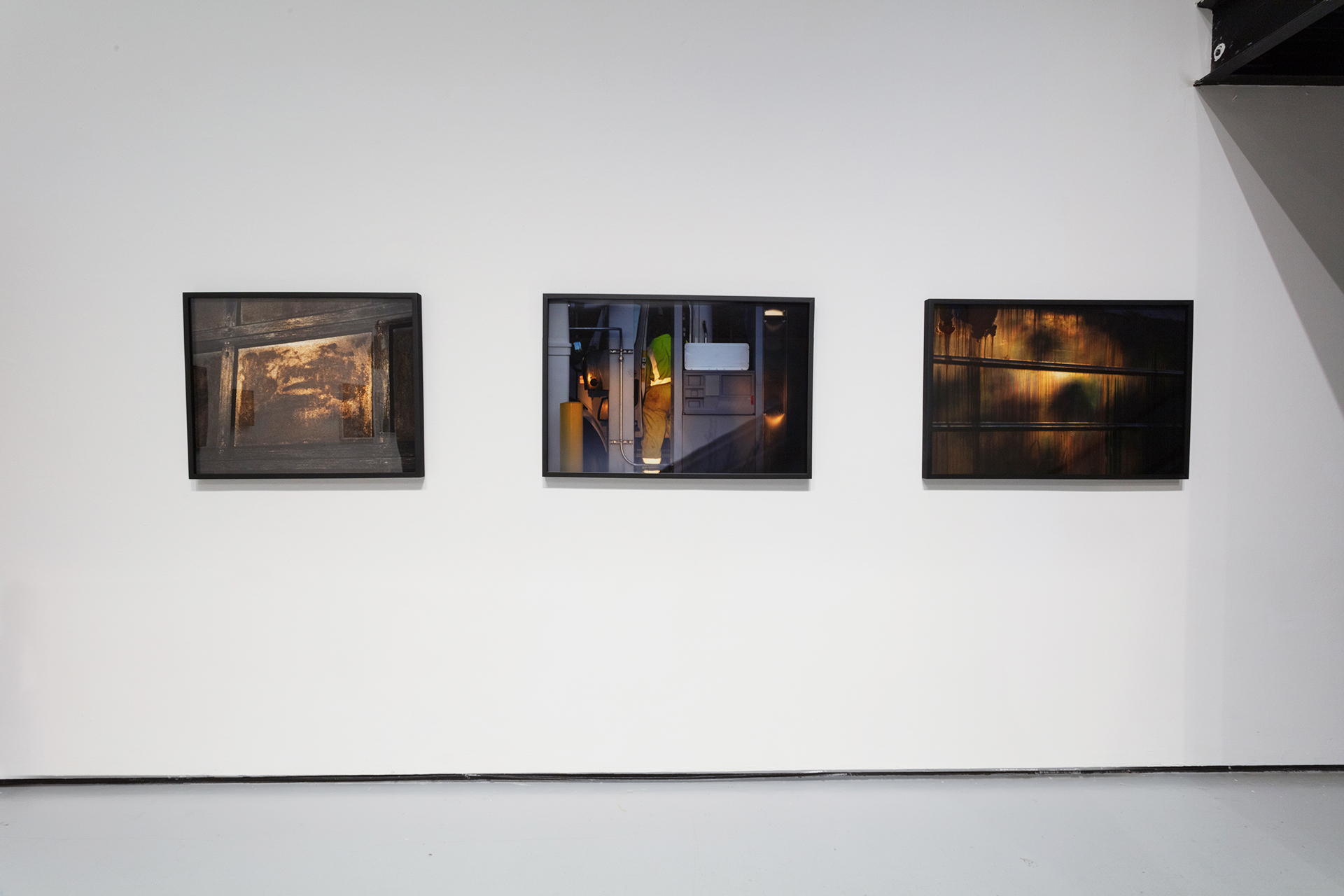
[left] Untitled (Garage Door), 2021, 26 x 32.5" inches, archival pigment print. [middle] Opened Door, 2021, 26 x 39", archival pigment print. [right] Truck Surface #2, 2020, 26 x 39", archival pigment print.
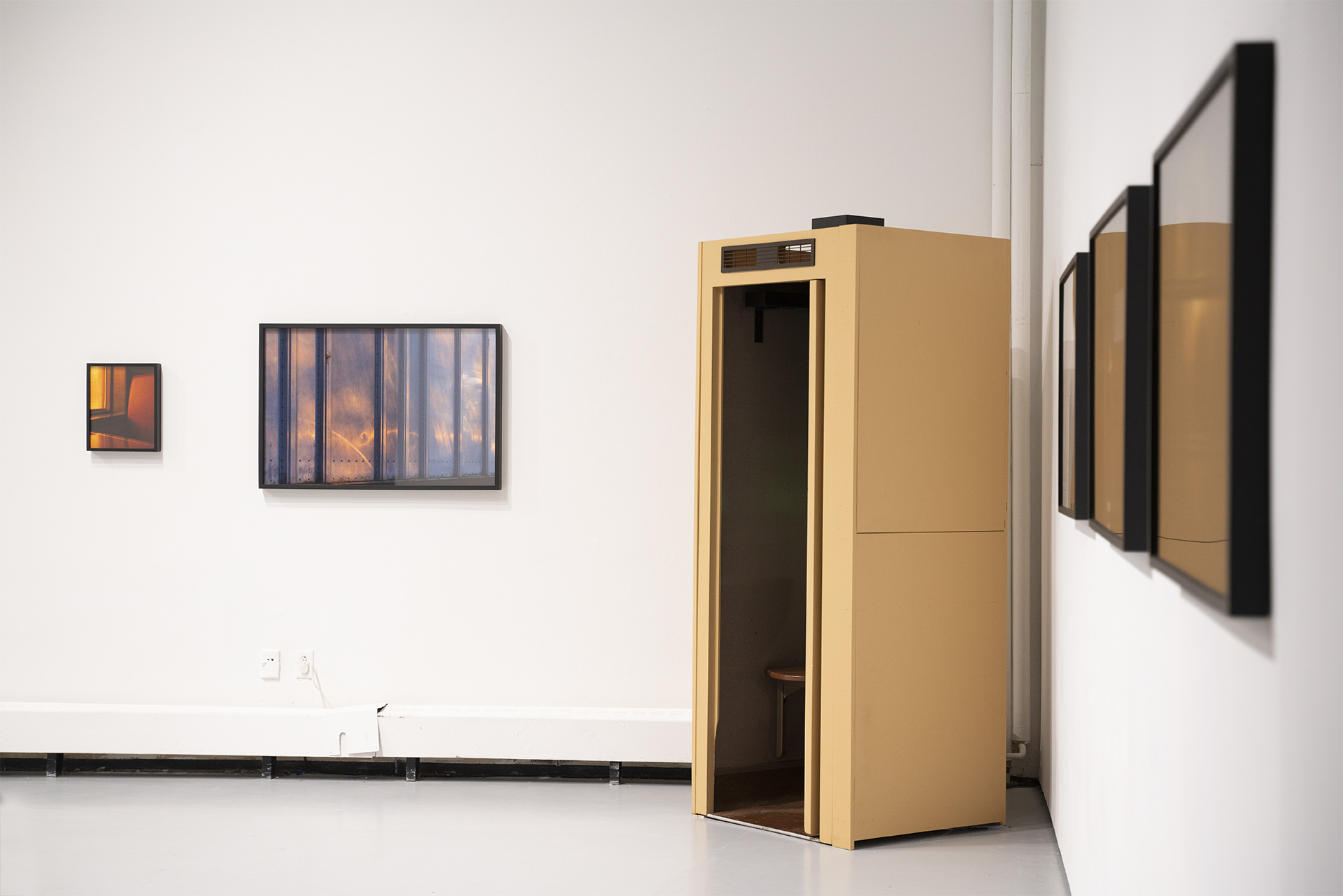
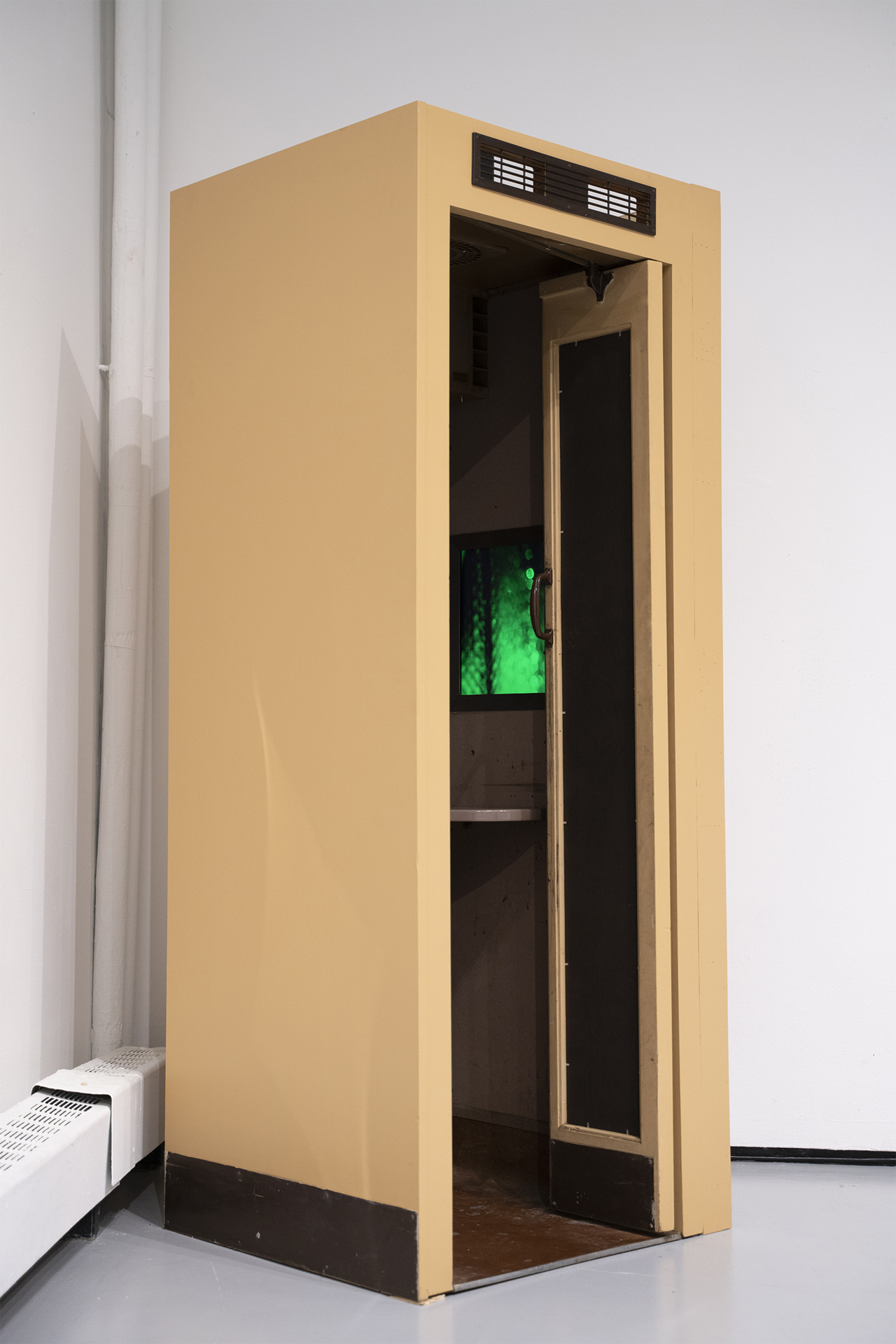
Channel 17 in Booth, 2021, single channel digital 4K video with sound, runtime: 7:53, looped, refurbished telephone booth, HD monitor, soundbar, subwoofer.
Mickey Aloisio explores these venues and the obsessive pull that they have on the community of men who find their sexuality tied to them. The photographs of a garage door, steel truck panel, CB radio antennae or ajar door on a semi tractor trailer cabin are all cues to the initiated of this sensual underworld. The objects themselves become sexualized, providing prompts to the dopamine receptors in our brains of the pleasures that these landscapes will provide. The textures of metal, rust, oil stains and masculine surfaces attest to a certain fetishized sexuality that they engender in those who have found their way to them. The images and surfaces are further explored in his video set at a truck stop, somewhere on the edge of town. They are sacred talismans of the hunt. Aloisio’s work suggests that the erotic is not only transgressive but also sacramental.
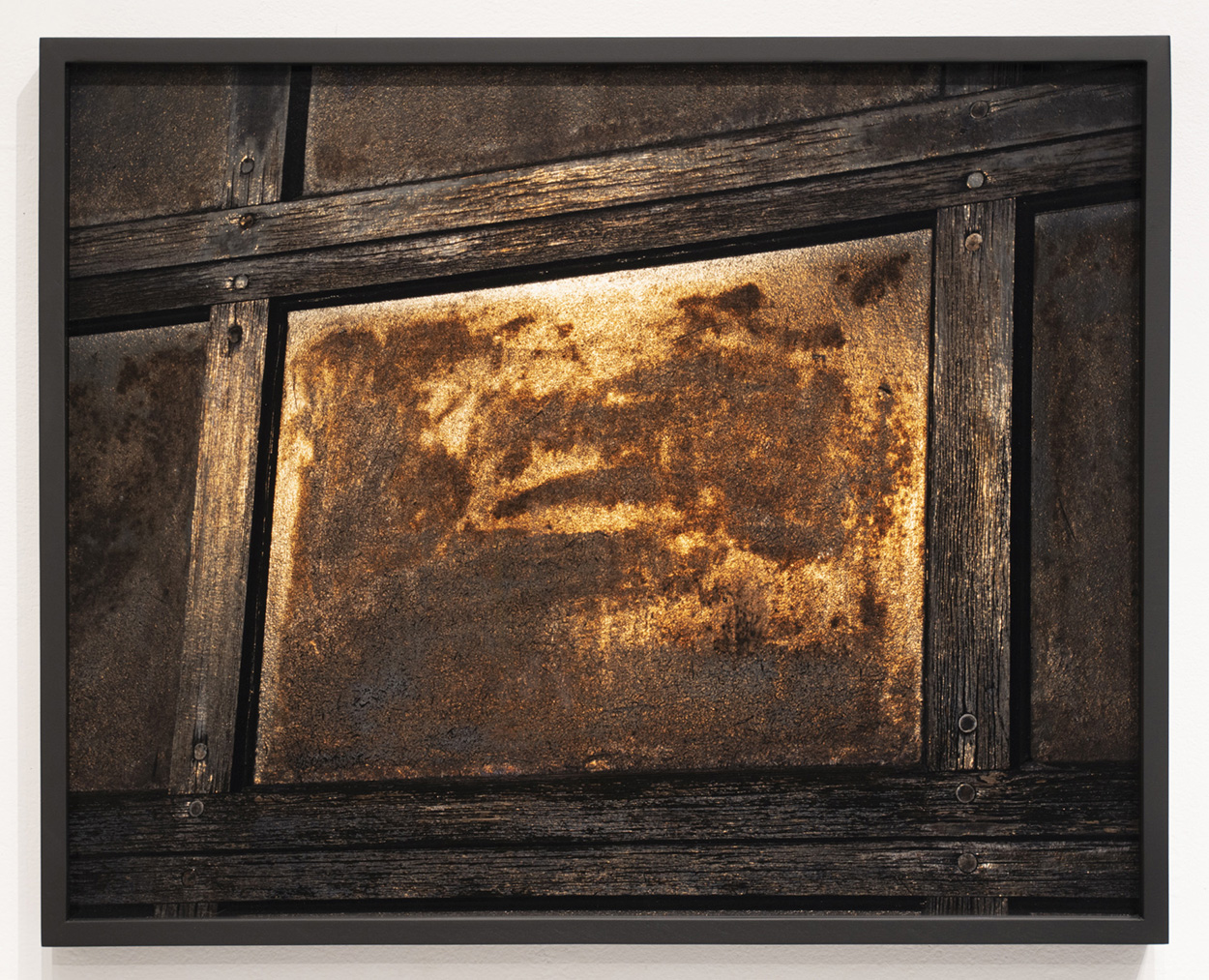
Untitled (Garage Door), 2021, 26 x 32.5", archival pigment print.
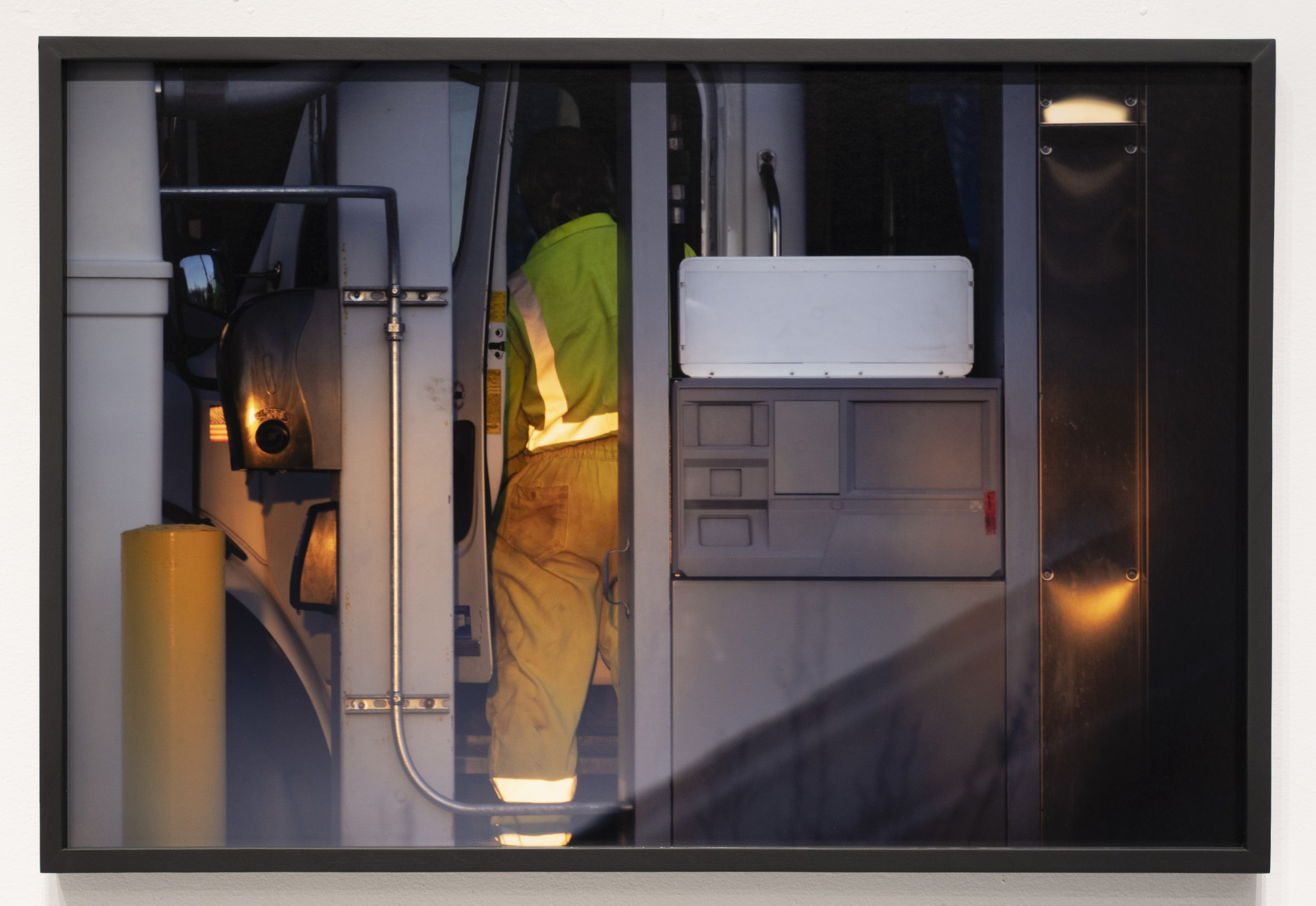
Opened Door, 2021, 26 x 39", archival pigment print.
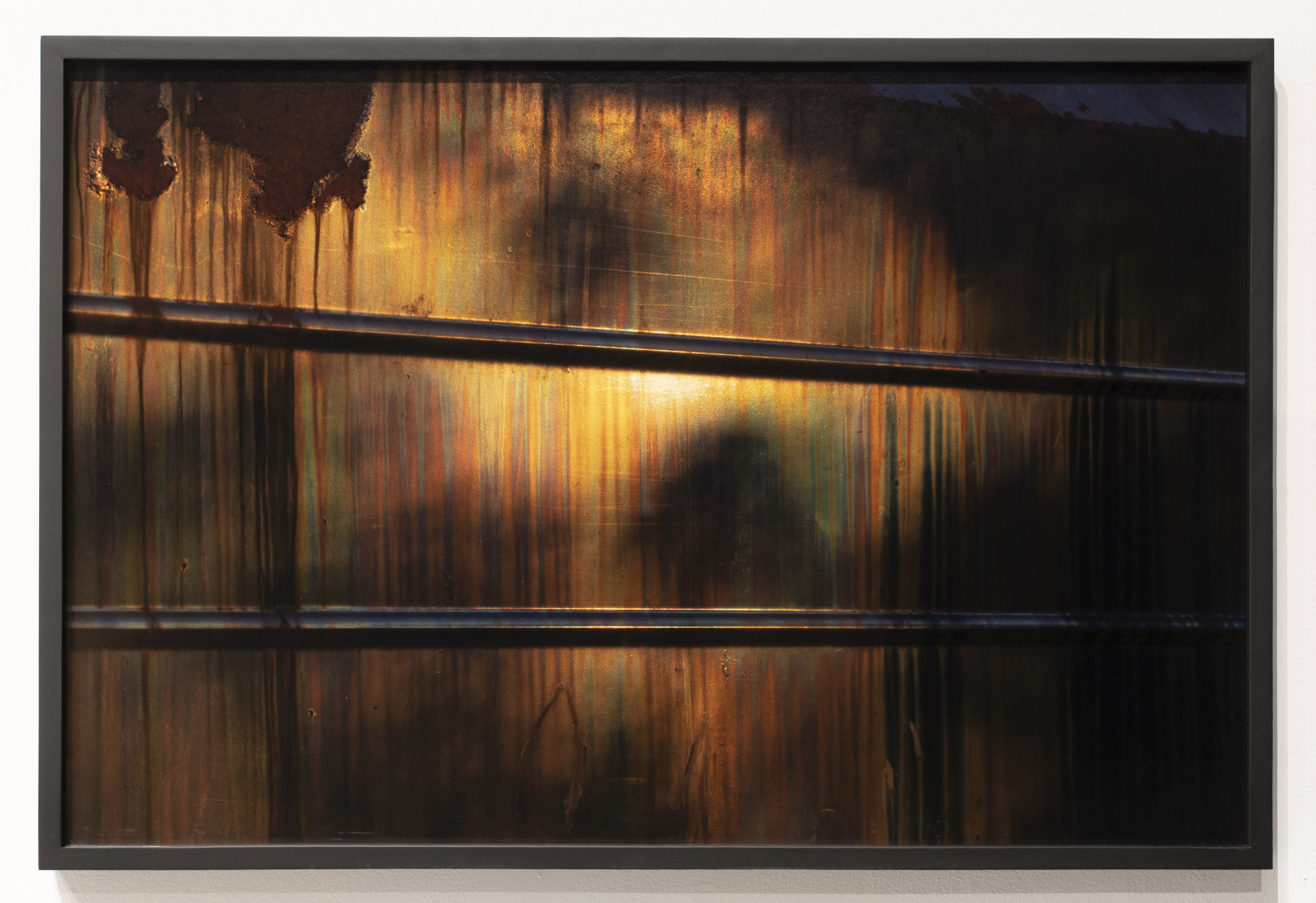
Truck Surface #1, 2020, 26 x 39", archival pigment print.
In his short film Channel 17, Aloisio couples this sexually charged imagery with eroticized CB radio chatter of two men negotiating the exchange of oral sex during a global pandemic. Switching between external frames of an eighteen-wheeler being washed and from the viewpoint of a trucker sitting in his cab as his vehicle passes through the rinse cycle, with shots of soap suds and water running down the windshield, there is a sense that the participants have relegated their foreplay to this location and to the objects themselves. One gets the impression that the younger man on the CB channel remains in the observation stage, not yet fully immersed in the performative role. This interplay between the two men offers the audio counterpoint of the surfaces and masculine location that they are set in. The verbal exchange becomes rote, uncertain, emotionally, and sexually charged. There is above all else, the unspoken desire for human connection, or perhaps as John Rechy opined, “Just the absence of loneliness. That’s love enough.”
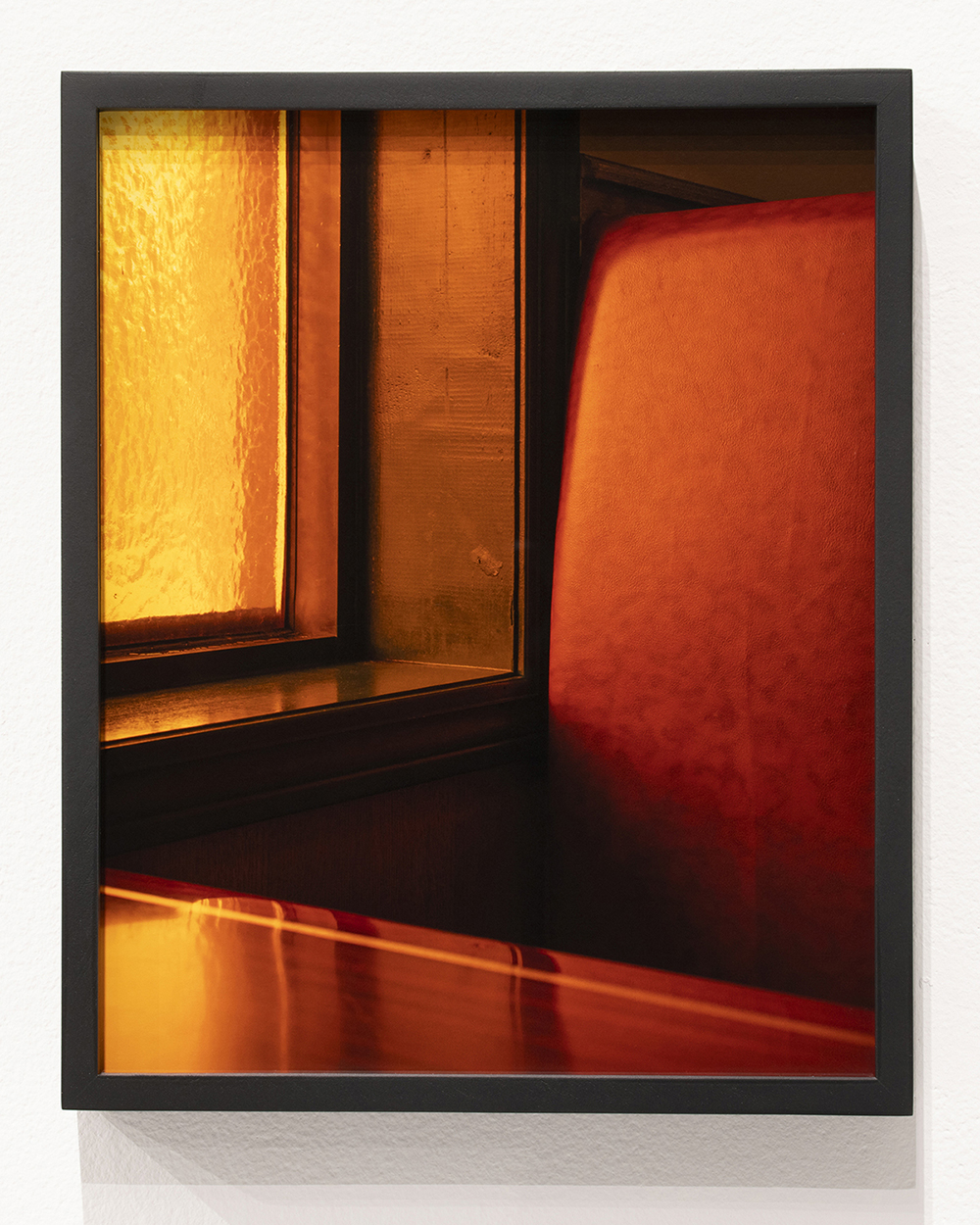
Untitled (Restaurant Booth), 2019, 11 x 14", archival pigment print.
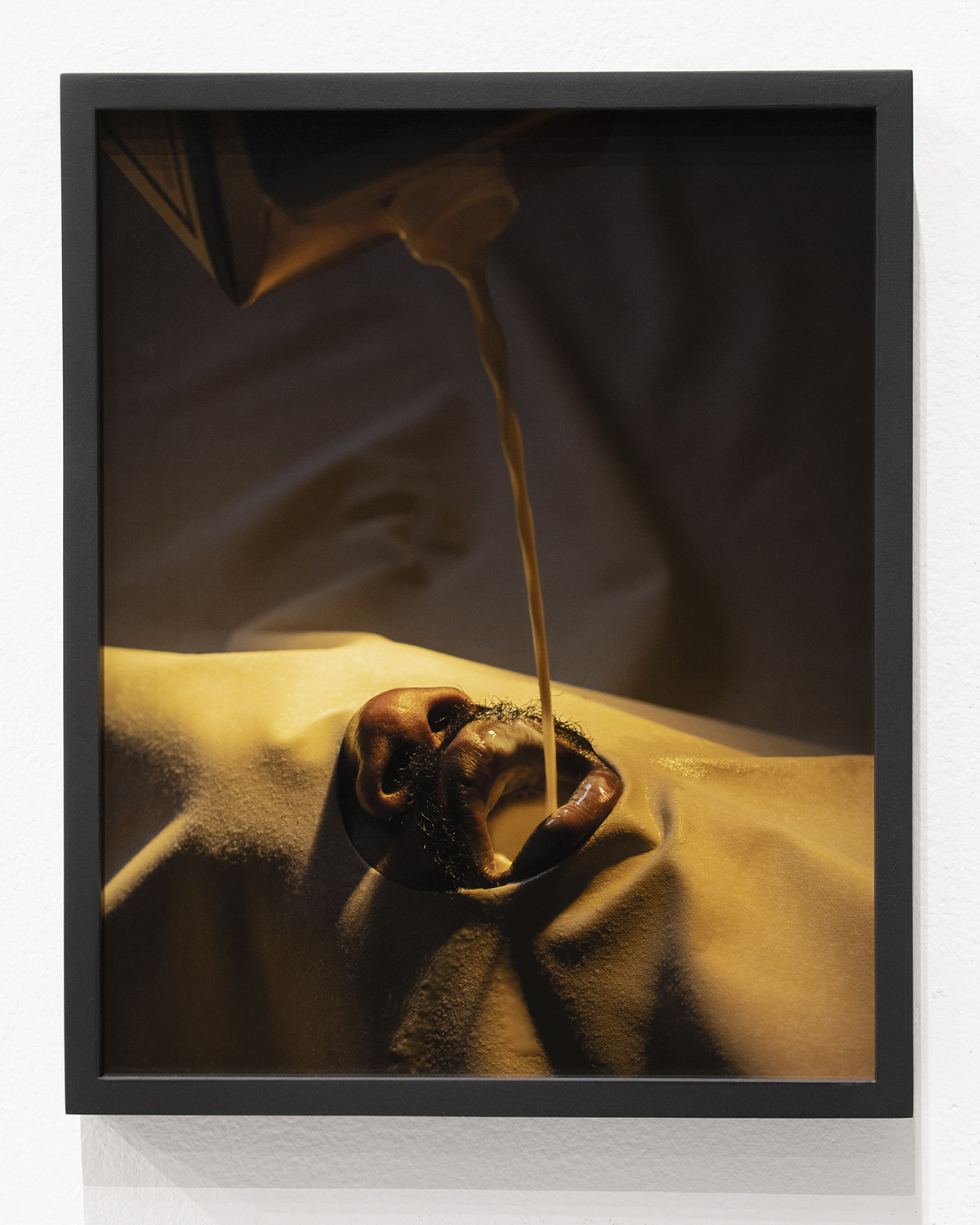
Box of Rain, 2019, 11 x 14", archival pigment print.
Earlier artists have found this visual language in their own work, often utilizing the detritus and locations of their lives in sacrifice to their private libidinal rituals. Genet had his matchbox and prison cell. Rechy had automobiles and the alienated landscape of urban streets. Bill Rice had his window and the doorways of the Lower East Side. Aloisio has found this in the machinery and steely world of the truck stop. Like Rice paintings, he plays with the urban experience of sideway glances, caught glimpses and imagery out of the corner of an eye. There are no naked bodies, directing the viewer to the emotional and psychological aspects of the scene, engaging the senses through his photography and film. It ever reminds us that not too long ago one looked for certain cues, signs, or symbols to find fellow travelers. A worn door handle, a subtly placed prop, the flutter of anxious footsteps coming to a sudden stop.

Untitled (Balloons), 2019, 11 x 14", archival pigment print.
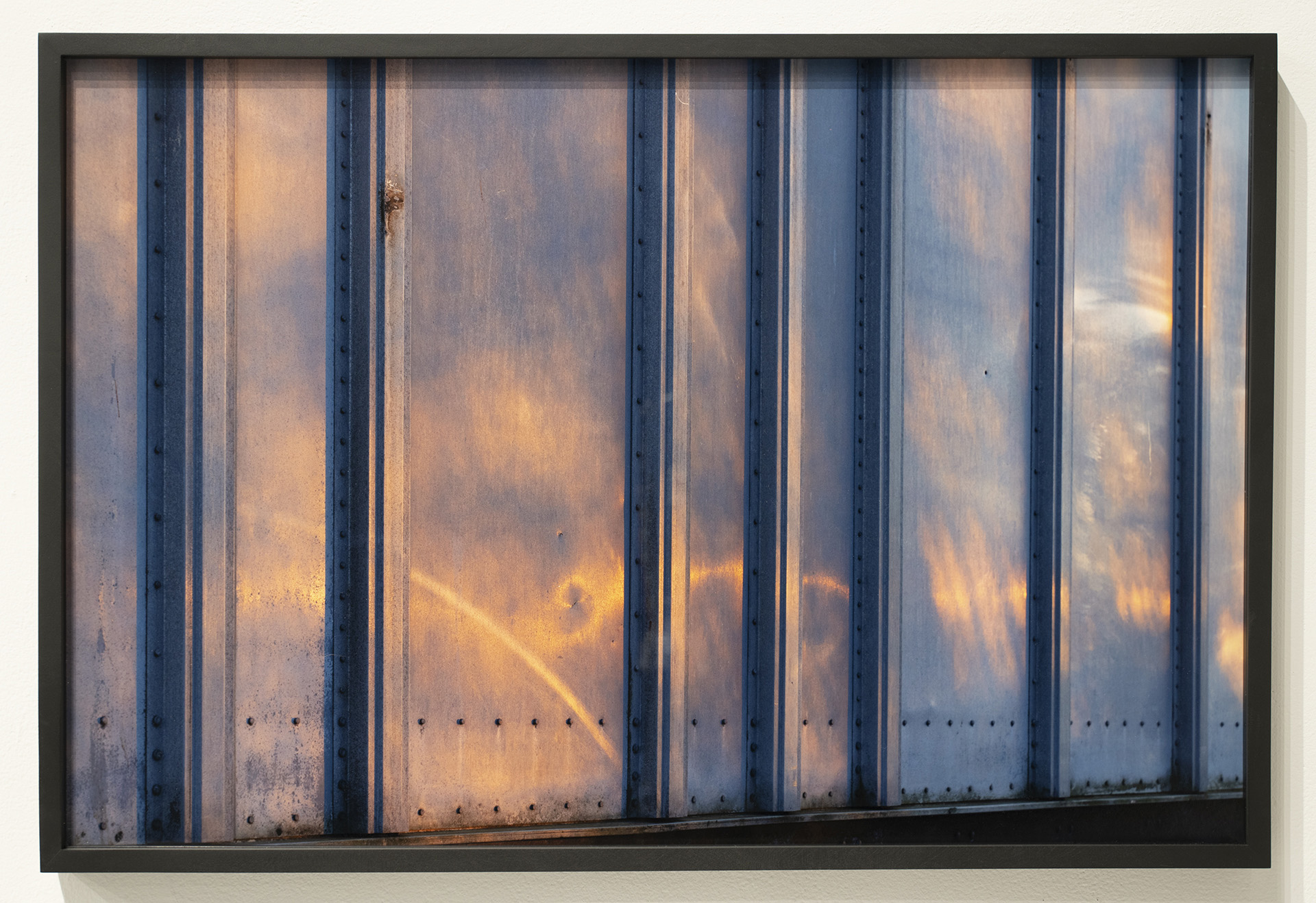
Truck Surface #2, 2021, 26 x 39", archival pigment print.
Aloisio also brings the eye of the participant observer into his body of work. These field relations involve negotiation and exchange between the participant observer and insiders. The medium exchanged is nonmaterial and symbolic. These interactions are most strikingly symbolized by the landscapes in which they take place. While historical materials in queer sex scenes such as leather are atavistic, preindustrial, and romantic, the rust and steel of the truck stop is futuristic and technological, providing the impossible wish to merge with the impersonal machinery. Aloisio’s sense of space, structure, surface, and time are rendered in the quiet landscapes of gay male urban ghettos where they commune, often only broken by the incidental crackle of the CB radio, and with an intense sensory overload.
SORRY WE MISSED YOU
Yale School of Art’s 2021 Photography MFA thesis exhibition
Green Hall Gallery, 1156 Chapel Street, New haven, CT. May 10 through 16, 2021
Featuring work by: Mickey Aloisio, Ronghui Chen, tarah douglas, Jackie Furtado, Max Gavrich, Nabil Harb, Dylan Hausthor, Annie Ling, Alex Nelson, and Rosemary Warren.
Exhibition identity by Nick Massarelli and Anna Sagström, Graphic Design MFAs ‘21.
Installation photography by Liz Calvi, unless otherwise noted.
SORRY WE MISSED YOU
Yale School of Art’s 2021 Photography MFA thesis exhibition
Green Hall Gallery, 1156 Chapel Street, New haven, CT. May 10 through 16, 2021
Featuring work by: Mickey Aloisio, Ronghui Chen, tarah douglas, Jackie Furtado, Max Gavrich, Nabil Harb, Dylan Hausthor, Annie Ling, Alex Nelson, and Rosemary Warren.
Exhibition identity by Nick Massarelli and Anna Sagström, Graphic Design MFAs ‘21.
Installation photography by Liz Calvi, unless otherwise noted.